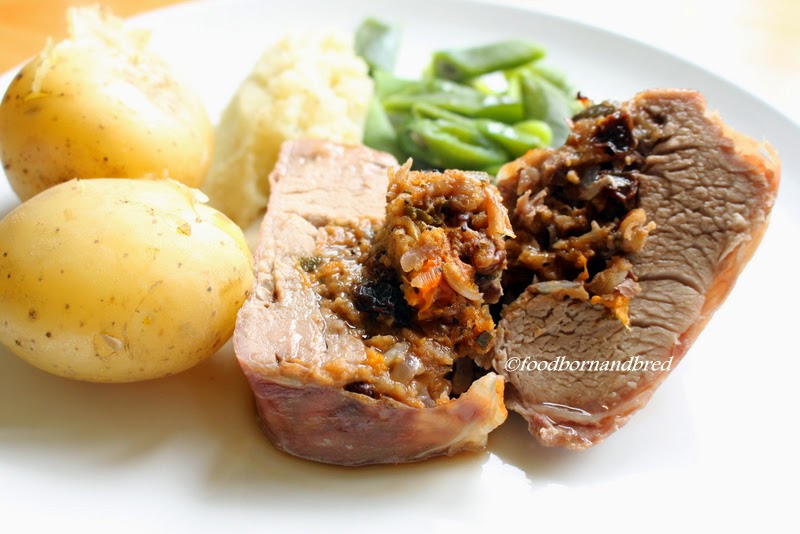 |
| Image from www.menshealth.co.uk |
A discussion on processed diet food recently where a manufacturer stated that theirs contain no additives, got me thinking.
The definition of an additive is: something added to food to preserve it or enhance it's flavour or appearance. This could be for example, salt (a preservative or a flavour enhancer) and classed as a "natural" additive. In fact if you want to be pedantic about it, anything you add to a food is an additive.
So saying a food particularly a processed food, is additive free, is complete and utter nonsense.
Read an ingredient list for a simple dish which is processed. If they contain guar gum (a thickener), maltodextrin (a highly refined sweetener usually derived from corn starch and incidentally, increasingly attributed to the rise in obesity), acidifier (gives a sour taste and acts as an antioxidant to stop fats going rancid) or colourings; I am at a loss how they can claim they are additive free. But they do.
I'm not saying any of the above additives are bad for you per se. However, they should not form more than a small part of any balanced diet.With diet meals the likelihood is you will give up with boredom long before they do you any harm.
Why ready meal manufacturers have to add all this stuff is quite simply to give shelf life and freeze-thaw stability (for frozen products). At home if you freeze a meal and it goes a bit liquidy when you defrost it, you don't get distressed but manufacturers do because customers will complain. Often times additives act as flavour enhancers purely because low grade ingredients are used.
I have yet to come across a processed food proclaiming that it is "all natural" or "additive free" to actually be. If something is all natural it needs minimal processing to begin with anyway. If you use high quality ingredients you don't need to enhance flavour. Milk, yoghurt and most cheese would undergo minimal processing which only really involves pasteurisation and the addition of salt and/or sugar. Processors often reduce fat or add vitamins (when you reduce fat you remove a lot of the fat soluble vitamins) but the original product is still pretty much intact.
The thing to bear in mind for a processed €3 ready meal is, that even giving benefits of scale you are not getting high quality ingredients. But what you are getting is fleeced. Calculate the price per kilo and wait for your eyes to water.

